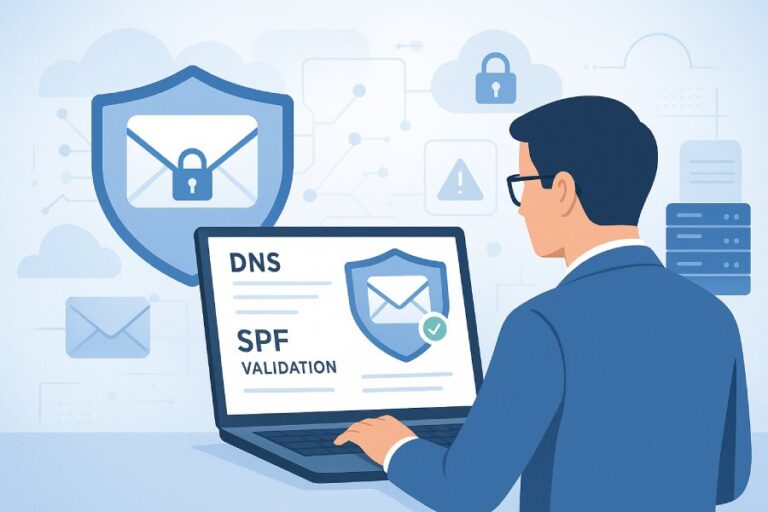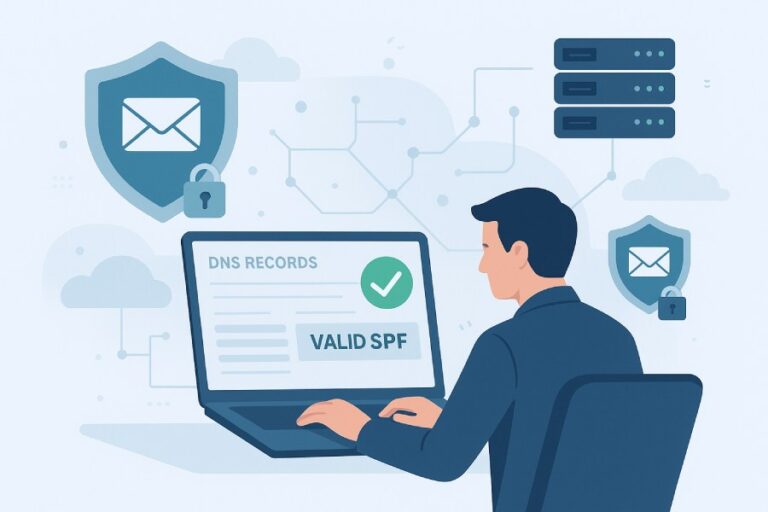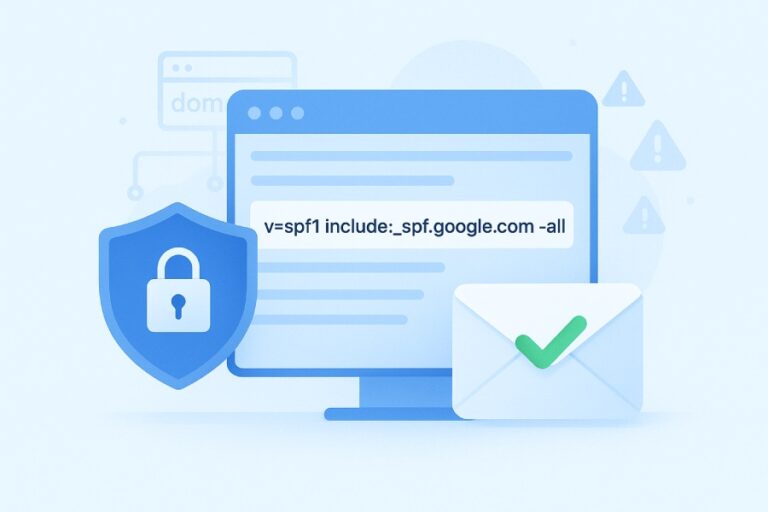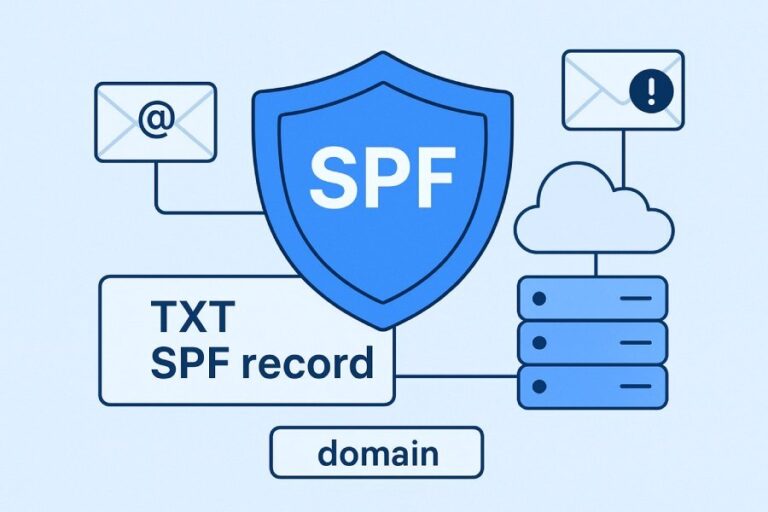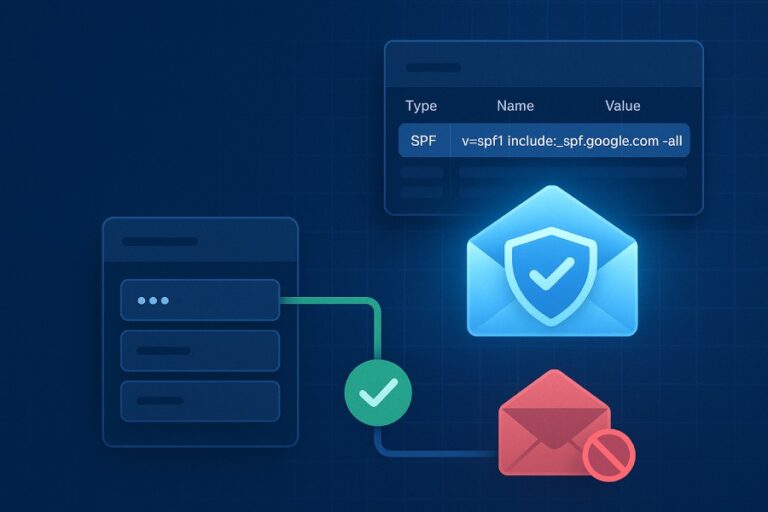10 Reasons The SPF Standard Is Essential For Protecting Your Domain
The Sender Policy Framework (SPF) has emerged as an indispensable component of modern email authentication, safeguarding domains from rampant abuse and helping organizations maintain their reputation in a global digital landscape threatened by increasingly sophisticated threats. As defined in RFC 7208, the SPF standard—maintained by the Internet Engineering Task Force (IETF)—enables domain owners to designate…
